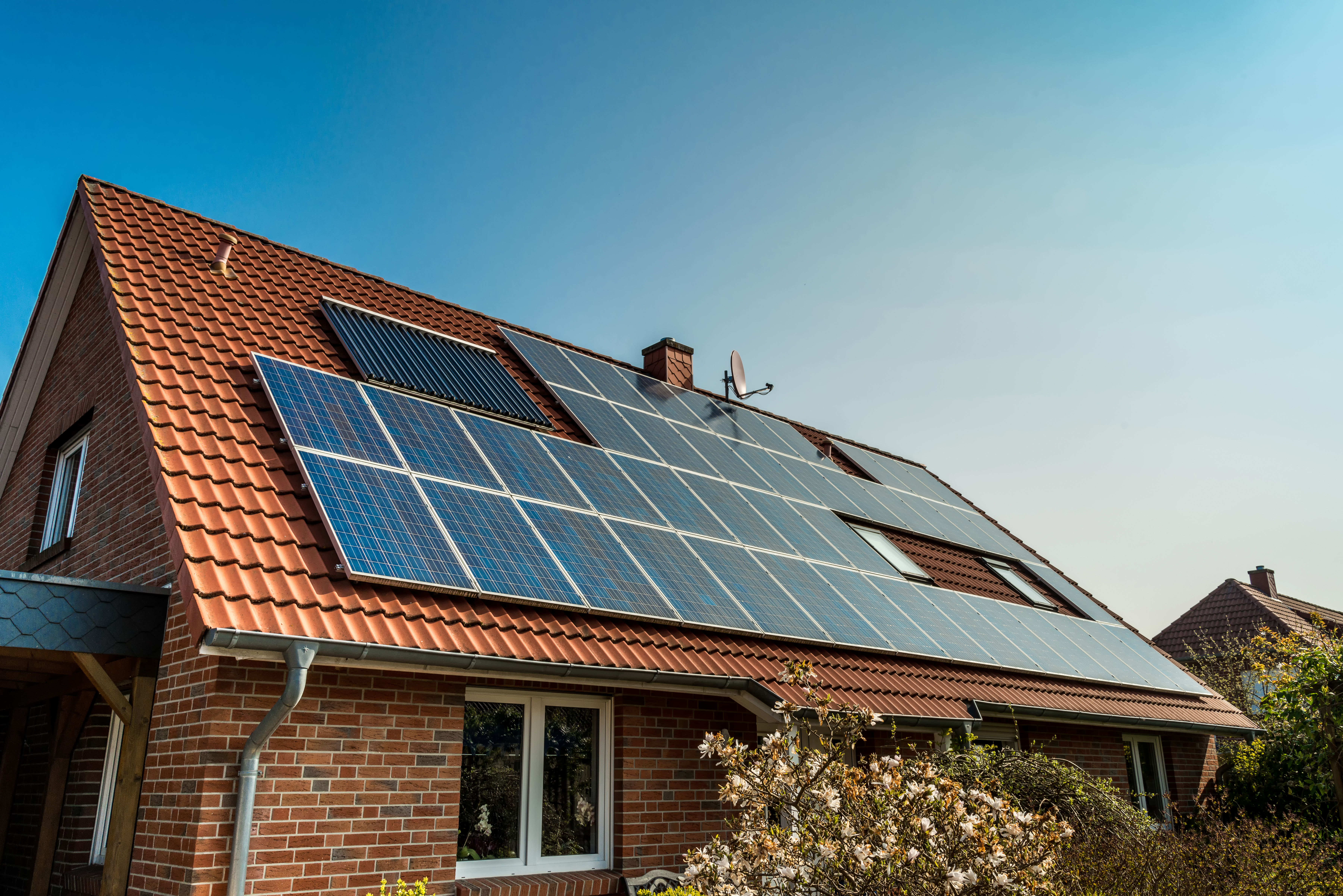
A few articles catching my eye on consumer level solar, particularly the battle over non-solar retail customers involuntarily subsidizing rooftop installations of their neighbors, also known as net-metering. Of note is that in general solar power projects are only feasible with massive federal subsidies and residential solar power also requires heavy subsidies from other customers in the form of net-metering as well as all levels of government.
12/29/15 – Wall Street Journal – Nevada’s Solar Flare / State regulators roll back the net-metering electricity scam. Nevada is reducing the subsidy homeowners with solar panels get for electricity that isn’t used.
Currently, the electricity generated by solar panels that isn’t used by the homeowner is credited at the retail rate instead of the wholesale rate. That clever angle being played is that the retail rate also includes distribution costs, while wholesale rate reflects generation only.
Also, I am not aware of whether any electricity companies have built the dual distribution system that would allow the extra juice to be brought back to the utility and resold. In California, as I’ve been told, the net-metering deal is to pay homeowners for electricity that goes to waste.
Well, Nevada is going to change the involuntary subsidy.
Editorial points out that most of the credits flow back to the investors of company’s that set up the leasing deals.
Essentially, the subsidy from non-solar homeowners to solar homeowners is slowing down in Nevada. The transfers are still going full steam in the other 39 states that allow net-metering.
Here is the substance of this kind of plan:
In short, net metering is regressive political income redistribution in support of a putatively progressive cause.
The subsidy goes from not-so-well-off people to the more well-off suburban people, with a large portion flowing to J.P. Morgan, Goldman Sachs, and Citigroup (those are the biggest investors according to the editorial).
Taking from the poor and middle class and giving to the big banks. You would think that formula would be unpopular, but that isn’t the case.
1/5/16 – MIT Technology Review – Battles Over Net Metering Cloud the Future of Rooftop Solar – SolarCity has left Nevada after the end of net metering. Lesson to be learned is that without massive subsidies from fed/state/local sources *and* heavy subsidies from other consumers, household solar simply is not economical.
In Nevada, the rate difference of getting paid wholesale or retail look like this, according to the article:
- $0.1239 / kWh – wholesale
- $0.0200 / kWh – approximate average of retail
- $0.1039 / kWh – subsidy from non-solar homes to solar homes
Recent study cited in the article estimates the costs of installing rooftop solar are:
- $0.25 to $0.30 / kWh – cost to install
- $0.15 / kWh – installed, or even lower, with massive federal and state subsidies plus tax benefit
- $0.10 to $0.15 / kWh – impact of massive subsidies
The loss of the extra ten cents a kilowatt-hour subsidy can easily turn an otherwise economic solar project into a financial loser.
2/5/15 (yeah, I’ve been holding this one a while) – Vox – If you thought solar was going to hurt utilities, get a load of solar+storage – Hypothesis of article is that costs of storing electricity and costs of solar panels will fall so far that commercial and residential solar+storage systems will be economically competitive to getting your electricity from the electric utility.
Most of the article is way over my head. No surprise there. Writing about stuff that is over my head is how I’m using this blog to increase my knowledge. That’s called learning.
I was able to identify a few fallacies in the article, such as the claim that a large increase in rooftop solar will shave peak demand and by cutting down the amount of peaker generation facilities will increase the cost of electricity. The concept is this will make rooftop solar more competitive as more in installed. How shedding the most expensive form of electricity will lead to an increase in electricity rates is unclear. In fact that is an assumption based on pure faith.
Another hazardous assumption is presuming that the trends of the last few years will continue for another 30. This is dangerous for two reasons.
First, projecting changes over the last two years out into the future for another two generations is silly because that assumes current progress will continue at the same percentage rate for, oh, forever in terms of technological change.
Second, at the opposite extreme the assumption that current treads continue long-term makes the massive assumption there won’t be any radical breakthrough in solar technology. Solar power will become ubiquitous when there is a breakthrough comparable to what hydraulic fracturing and horizontal drilling has done in the oil industry. My wild guess is when that massive breakthrough happens, every currently installed solar project will be technologically and economically obsolete.
I will save the article and go back to it when I am able to dive more deeply into the economic calculations of rooftop solar and storage.